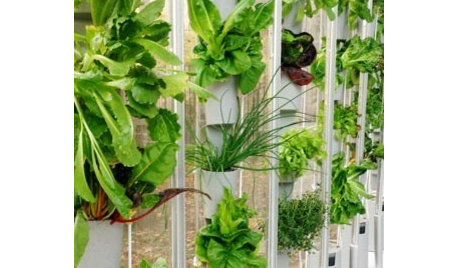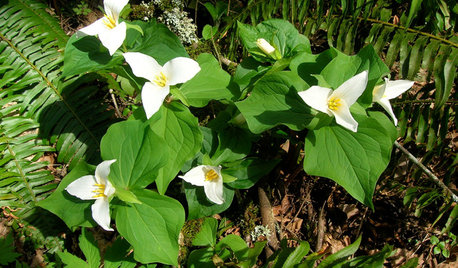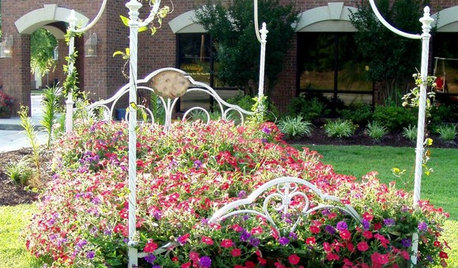hydroponic nutrients in self watering containers; need to leach?
brickza
13 years ago
Related Stories

FARM YOUR YARDHow to Grow Vegetables in Containers
Get glorious vegetables and fruits on your patio with a pro’s guidance — including his personal recipe for potting mix
Full Story
SAVING WATERXeriscape Gardens: How to Get a Beautiful Landscape With Less Water
Conserve water and make gardening much easier with the xeriscape approach’s 7 principles
Full Story
GREEN DECORATINGEasy Green: Big and Small Ways to Be More Water-Wise at Home
These 20 tips can help us all make the best use of a precious resource. How do you save water in summer?
Full Story
GARDENING GUIDESPacific Northwest Gardener's November Checklist
Set a festive mood with a container garden while preserving and protecting your landscape and water features
Full Story
PRODUCT PICKSGuest Picks: High-Tech Plant Helpers
Hydroponics, monitoring systems, even an electric pollinator ... these gadgets and services keep your greenery growing strong
Full Story
EARTH DAYGrow a Beautiful Garden With Ecofriendly Greywater
Reducing home water waste means lower bills and a healthier planet. Here's how to set up a greywater home irrigation system that can help
Full Story
MOST POPULARMeet a Lawn Alternative That Works Wonders
Carex can replace turfgrass in any spot, is low maintenance and adjusts easily. Add its good looks and you’ve got a ground cover winner
Full Story
GARDENING GUIDES8 Native Flowers to Brighten Shady Garden Spots
These self-spreading plants from around the country will create a low-maintenance splash from spring to fall
Full Story
CONTAINER GARDENSYes, You Can Grow a Plant In That
You can upcycle your old typewriter, paint cans, tires and many more things into places for your plants
Full Story
LIFEHow to Prepare for and Live With a Power Outage
When electricity loss puts food, water and heat in jeopardy, don't be in the dark about how to stay as safe and comfortable as possible
Full StorySponsored
Your Custom Bath Designers & Remodelers in Columbus I 10X Best Houzz
More Discussions






homehydro
brickzaOriginal Author
Related Professionals
Holly Springs Landscape Architects & Landscape Designers · Ashland Landscape Architects & Landscape Designers · Bridgetown Landscape Architects & Landscape Designers · La Marque Landscape Architects & Landscape Designers · Peabody Landscape Contractors · Barrington Landscape Contractors · East Hanover Landscape Contractors · Metairie Landscape Contractors · Pacifica Landscape Contractors · Sugar Hill Landscape Contractors · Tewksbury Landscape Contractors · West Chicago Landscape Contractors · West Palm Beach Landscape Contractors · Yukon Landscape Contractors · Kingsburg Landscape Contractorshomehydro
lucas_formulas
lucas_formulas